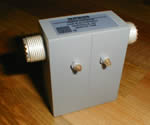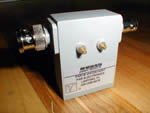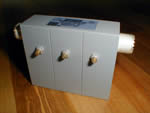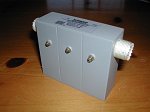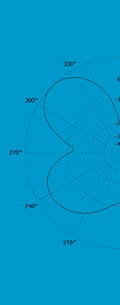 All materials on this site © PAR Electronics, Inc.
All materials on this site © PAR Electronics, Inc.
PAR Electronics, Inc.
P.O Box 645
Glenville, NC 28736
Voice: 828-743-1338
Fax: 866-304-8479
Email us if you have questions or comments about this site.
Site by
Pinnacle Web Design
Amateur Filters
Traditionally, engineers have attempted to solve the problem of intermod or front end overload by brute force filtering; i.e. get rid of everything but the intended signal with a bandpass filter. This approach has several drawbacks:
Size and Weight
In order to keep the filter insertion
loss acceptably low, and achieve decent rejection of unwanted signals a
bandpass filter needs to be physically large - perhaps shoebox size. Small
bandpass filters are so lossy (typically 5-6 dB) that they require +12V
to switch the filter out of line during transmit.
Single Band
A bandpass filter needs to be removed
in order to TX/RX on a different band (e.g.. 70cM) if you use a dual band
transceiver.
General Coverage
Your radio will no longer be capable of receiving signals outside the 2M Ham band such as NOAA weather.
Cost
Never to be overlooked. The large bandpass filters
are more expensive than our asymmetrical notch designs.
We approached the problem differently — identify who the offending transmitters are and use asymmetrical notch filtering to eliminate only those frequencies. The result - a small patented* notch filter centered on the pager spectrum of 152-153 MHz with extremely low insertion loss on 2M and 70cM (typically less than 0.5 dB or less). Notch depth at the pager frequencies is greater than the bandpass filters - typically above 50 dB. Finally, 2M and 70cM V.S.W.R. is excellent - typically 1.25:1 worst case.
Other models are available from 50MHz - 1GHz, including 70cM.
See EHAM reviews of the VHFTN152-158.
See EHAM reviews of the VHFDN152.

